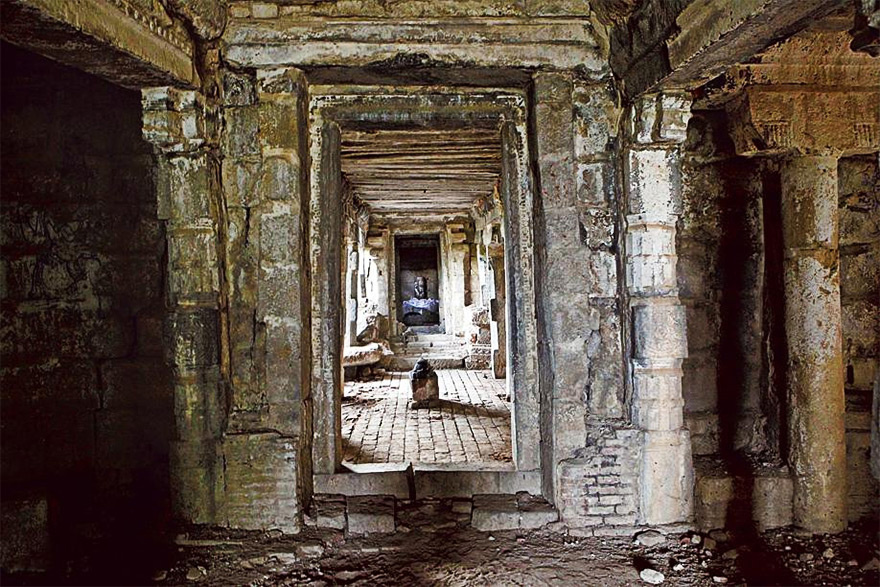
The quest for the Suthamalli Nataraja
An 800-year-old Nataraja bronze, stolen about four years ago from Suthamalli, a remote Tamil Nadu village, is at the centre of a quickly unravelling story of illicit international trade in antiquities. Hot pursuit of sculpture’s trail provided key evidence that led to the extradition to India in mid-July of Subhash Chandra Kapoor, an antique gallery owner from New York accused in the case.
Some deft detective work was involved, but it was also sheer chance that helped trace the Nataraja. The credit may not, therefore, entirely go to the police. A communication sent from Interpol in Washington to its New Delhi office about a year ago contained images of two Nataraja idols — one from Interpol’s stolen work of art database, and the other from a New York gallery. Both appeared to be of the same icon.
Delhi Interpol forwarded the message to the Tamil Nadu Police and that created much excitement among the investigating officers. Not only was there a visual match, there was another crucial clue. On the pedestal, near Nataraja’s feet, was an inscription. This is evident in the picture from New York, but not in the Interpol image. Those familiar with the investigation say one photograph was taken before the icon was cleaned and the other after it was restored and made ready for sale.
The inscription, the detectives conclude, is of the name of the village, ‘Suthamalli,’ in Tamil. However, expert verification is pending. The breakthrough did not come easily. The Sundaresvara temple in Suthamalli, a relatively large Siva temple, is situated about 30 km west of Gangaikondacholapuram, one of the capital cities of the Chola kings.
This centuries-old temple, off the main road, was abandoned some years ago. Inside the bat-infested and almost collapsing shrine is an impressive linga, surrounded by some broken images.
A few years ago, about 10 bronze icons from this temple were moved to a smaller Vishnu temple. It was no better in terms of security or structural strength but had a locational advantage: it was on the main road. In 2008 three thieves opened the lock and stole the icons. Before leaving, they re-fixed the lock, leading anyone passing by to assume that all was well. After two months, when a visiting priest opened the temple, he found the idols missing and informed police.
However, the investigation could not proceed because neither the temple nor the Hindu Religious and Charitable Endowments Department, which manages temples in Tamil Nadu, had any documentation of the icons. The police did not know what to look for. But unexpected help came from a research institution. Over the decades, the French Institute of Pondicherry (IFP) has been systematically documenting temples in South India.
It has an archive of 1.3 lakh photographs of monuments and sculptures, more than half of them from Tamil Nadu. An IFP team had visited Suthamalli some years ago and documented the icons. The police obtained the photographs and sent them to Interpol, which circulated them. The search ended in Kapoor’s New York gallery, the police claim.
On a parallel track, detectives were pursuing the criminals. The chance arrest of two petty thieves in an unconnected case revealed some details of the Suthamalli theft. Subsequent investigation led to Sanjivi Asokan, an art dealer in Chennai who the police identify as the mastermind.
The police website explains that Asokan hired a group of thieves who stole the icons, transported some of them to Chennai by truck and took the rest to Pondicherry. The idols that reached Asokan were mixed with newly made handicrafts and shipped to Hong Kong and subsequently to New York.
The police claim that Asokan confessed to the crime and the involvement of Subhash Kapoor, who is a second-generation art dealer. He moved to the U.S. in the 1970s. Through his gallery, ‘Art of the Past,’ on Madison Avenue, he has sold artefacts to reputed museums. The Birmingham Museum of Art describes him as a “patron of arts” and “an advisor to many important collectors.”
When contacted, Kingston Jerold, legal counsel for Kapoor, said all claims now made by the police are unsubstantiated. “They are making false accusations that Kapoor had visited Chennai, met Sanjeevi Asokan at a five-star hotel and entered into a conspiracy. So far, they have not produced any evidence. Also, all antiquities that Kapoor bought from India are legitimate new art objects, and they were exported only after obtaining proper clearances.”
Asked about the transfer of Rs. 1.16 crore from Kapoor’s account in New York to that of Sanjeevi Asokan’s in Chennai, Mr. Jerold claimed they were part of legitimate business deals. Kapoor was extradited to India on July 13 from Germany.
Claim flawed, Australian gallery is keeping stolen idol
The Tamil Nadu police have rubbished the National Gallery of Australia’s claim that the 1000-year-old Nataraja idol in its possession is not a stolen one. The NGA has refused to return the idol for this reason.
In a recent interview to the Australian Broadcasting Corporation, NGA Director Ron Radford said the dancing Shiva idol bought by the Gallery did not look the same as the stolen one and the “measurements [of the two idols] are different.” Mr. Radford had purchased the idol from Subhash Kapoor, U.S.-based antiquities dealer currently lodged in a Chennai prison.
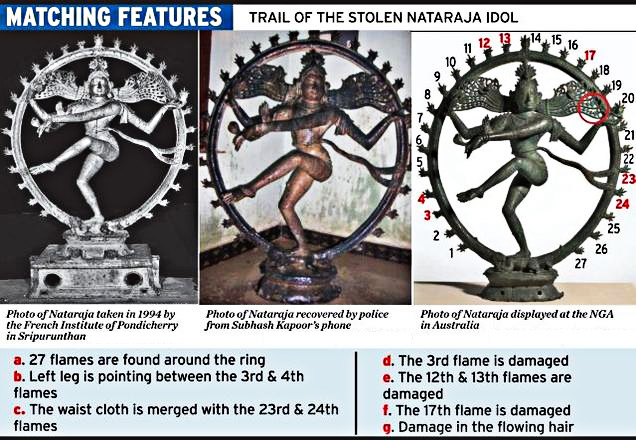
Though he admitted that the NGA was “conned” by Mr. Kapoor and provided false ownership documents, Mr. Radfor refused to accept that he bought a stolen idol. Those familiar with the investigations wonder how the idol could be bona fide if the documents are fabricated.
Police sources say seven features match among the idol displayed in the NGA, the photograph of the idol taken by the French Institute of Pondicherry in 1994 at the Sripuranthan temple in Ariyalur district, and the photograph recovered from Kapoor’s phone. This information has been sent to the Australian authorities. Another 30-year-old photograph of the idol, recently obtained by the police from Sripuranthan, also confirms this. In addition, the pedestal of the idol, which was removed after it was stolen, has been detected and recovered.
The investigators have also picked another hole in the NGA’s ownership documents. The papers released by it state the Nataraja idol was in the Fine Art Museum in the Red Fort Arcade in Delhi in 1970. The police have found that such a shop never existed at the door number provided. This has raised serious doubts about the NGA’s verification process before the purchase.
Apart form these supportive pieces of evidence, the confession and conviction of Aaron Freedman, a long time associate of Kapoor, establish beyond doubt that the idol in the NGA was stolen from Tamil Nadu, say the investigators.
In December 2013, Freedman pleaded guilty to six criminal charges, one of them specific to the Nataraja idol sold to the NGA, brought against him by the Manhattan District Attorney in the Supreme Court of New York. The criminal complaint clearly mentioned that this idol was stolen from Ariyalur district and later shipped to Australia from New York.
By refusing to return the idol, the NGA is retaining a stolen property, an offence under the Indian law, said police sources. Section 411 of the Indian Penal Code makes clear that such possession would attract a maximum of three years in prison, they added.
Australia to return dancing Shiva statue
Australia is preparing to return a dancing Shiva statue that was stolen from an Indian temple and sold to the National Gallery of Australia.
The gallery has removed from display the 900-year-old Shiva Nataraja idol it bought for $5.6 million in 2007 from New York dealer Subhash Kapoor.
Kapoor is facing trial in Chennai, India, for allegedly trafficking stolen antiquities, including that statue, from two Indian temples.
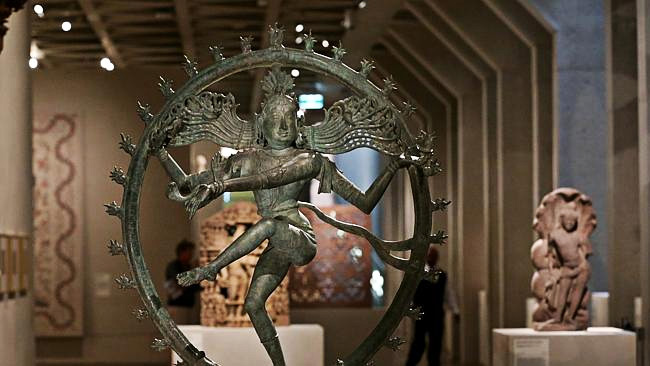
Aaron Freedman, who was a manager at Kapoor’s Art of the Past gallery in New York, has confirmed the statue was stolen from a temple at Sripuranthan and has pleaded guilty to six US criminal charges of trading stolen art.
Meanwhile, the Attorney-General’s Department in Australia has received a formal request from the Indian government to return the statue.
It says it is working on the request in accordance with a 1970 United Nations convention and the Australian Protection of Movable Cultural Heritage Act 1986.
National Gallery of Australia council chairman Allan Myers maintains that the usual processes of investigating provenance of the statue were undertaken.
Village keeps its faith as it awaits Nataraja’s return
Three times every day, Palanisamy Kasi, a farmer at Sripuranthan village near Ariyalur, goes to the local Brahatheeswarar temple and lights a lamp at an empty spot. He says his prayers and asks that the Nataraja idol which used to stand there for nearly a thousand years come back to where it belongs.
Suspected to have been stolen by art thief Subhash Kapoor and now at the National Gallery of Australia, the statue may soon return. The Australian government is considering returning the statue after a request from the Indian government. The museum has removed the statue from display in a sign that the idol may be repatriated.
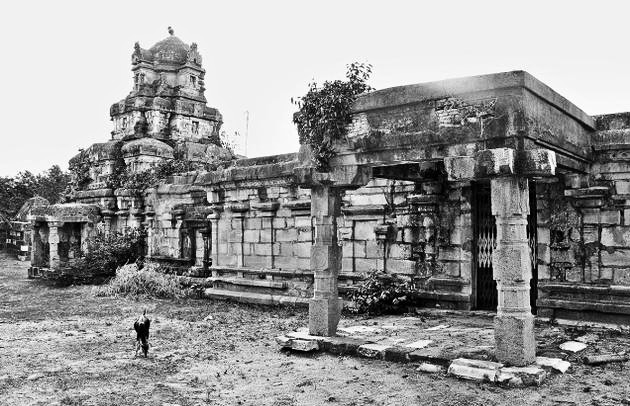
The case of the stolen idol has already rocked Australia, with the media there putting out stories and television programmes about the idol and the lack of due diligence on the part of NGA.
For other Sripuranthan residents, the return of the statue would be a personal triumph and a religious occasion, but to Kasi, it would also give a sense of closure. Since his house is close to the temple, villagers and even the police initially suspected his involvement in the theft.
They reasoned that surely Kasi would have at least heard the thieves breaking in. “I was on the verge of ending my life as villagers were accusing me of conniving with the idol smugglers. Even the idol wing CID police personnel called me several times for questioning. I repeated the same set of replies to each one of the interrogating officers.”
He broke into tears and said, “This is a miracle. I was told by one of the investigation officers in 2010 after they apprehended Sanjeevi Asokan, who was the main culprit in the idol smuggling case, that the idol had travelled all the way to Australia from US.”
Then, I and my wife Amutha decided to pray for the return of the Natarajar and seven other idols. Kasi has five children who are studying in a nearby village.
After Kasi started the initiative of praying at the altar three times a day, the village head asked all villagers to pray for the return. Every villager visits the temple to pray for the repatriation of the stolen idols.
Amutha married Kasi in 1994 and she remembers that the temple had been left largely unused some 10 years before her marriage. “During my teenage, I used to hide behind the huge pillars of the dilapidated temple, built during the later Chol period. No one bothered about the deities inside the temple, though it belonged to the Hindu Religious and Charitable Endowment (HR&CE) board.
B Nallusamy, a villager in Sripuranthan, said, “We believe that our village fell into bad times after the theft. Only when the idols return, good things will start happening to us.
N Parameshwari, practicing law in Tiruchi bar council, says, “The villagers are ready to pool in money to maintain the temple on their own.”
New evidence strengthens case for return of stolen Nataraja idol
With only a few days left for the Australian government to take a decision on the return of the stolen Nataraja idol, which is currently in the possession of National Gallery of Australia (NGA) in Canberra, new evidence has emerged to strengthen India’s claim over its ownership.
An expert assessment report, filed for the first time in this case, by R. Nagaswamy, a renowned scholar on Chola sculptures, has listed new inscriptional and iconographic evidence to establish that the Nataraja idol in Australia was indeed stolen from a temple in Sripuranthan, Tamil Nadu.
The NGA bought the centuries-old Nataraja idol for $ 5 million from Subhash Kapoor, a U.S. based antiquities dealer. The Tamil Nadu police allege that it was stolen and Mr. Kapoor masterminded the theft.
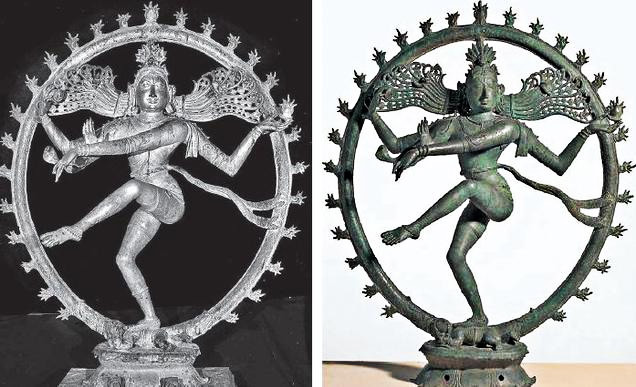 Police find visual match between the Nataraja stolen from the Sripuranthan temple in Tamil
Police find visual match between the Nataraja stolen from the Sripuranthan temple in Tamil
Nadu (left) and the sculpture displayed at the National Gallery of Australia, Canberra (right)
The investigating agencies have so far provided evidence such as shipping documents and confession of Kapoor’s long time manager, but supporting iconographic and historical information was missing.
Recently the Tamil Nadu police contacted Dr. Nagaswamy to study the features of the stolen idol. After comparing the three photographs, taken at different points in time, in India, with the image of the idol in Australia, he concluded that all show “absolutely same details.” The photos are of the same idol, he explained.
Dr. Nagaswamy told The Hindu that details such as the left hand tenderly holding fire in a cup, the necklaces adorning the chest, the nail of a tiger in the neck chain, and the figure of river Ganga and tiny snake in the matted hair locks are identical. So is the case with the mark in the armlet in the upper part of the left arm. He also pointed out that features such as the eight crane feathers on the head match perfectly.
Similarly, minor crafting errors also coincide. For instance, at the bottom where the ring of fire emanates, there is a carving of a crocodile on the either side of the feet. While the one on the right reaches up to the first flame, the other in the left falls short.
Typical of any royal dedication in the Chola period, this Nataraja idol too was consecrated along with his consort Sivakami. The photograph taken inside the temple in 1994 shows both the idols together. While the Nataraja is now in Australia, the idol of Sivakami, the police say, was also stolen and traced.
Australia to return illegally acquired Shiva statue to India
The Australian government is set to return a US$5 million Dancing Shiva statue to India, after it emerged that the National Gallery of Australia (NGA) had purchased them from an art dealer who acquired them illegally from a temple in India.
The 900-year-old Nataraja, featuring the Hindu deity Lord Shiva as the “God of Dance,” will be returned to India along with another stone sculpture of Shiva as Ardhanarishwara or half-man, half-woman from the Art Gallery of New South Wales (AGNSW). Both pieces were bought from Indian artifact dealer Subhash Kapoor, who is on trial in India for trafficking idols stolen from Indian temples at his request. He is also wanted in the US on charges of smuggling.
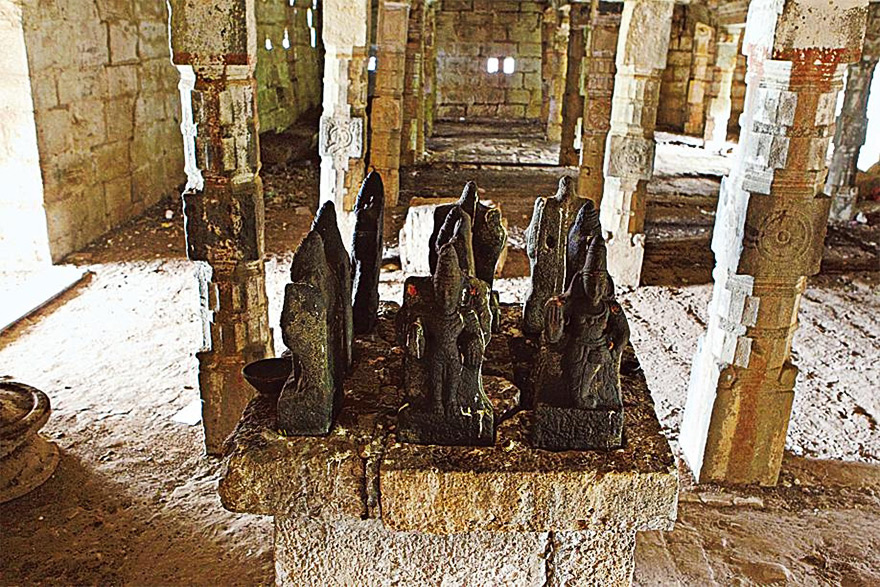
“We are satisfied with the steps taken and cooperation extended by the Australian government in response to this issue,” said India’s High Commissioner Biren Nanda. “We had formally requested the return of the statues and currently there is a process which is being followed to resolve the issue. We expect that the statues would be returned to India.
Australia is a signatory of the 1995 UNIDROIT Convention on Stolen or Illegally Exported Cultural Objects and the UNESCO Convention on the Means of Prohibiting and Preventing the Illicit Import, Export and Transfer of Ownership of Cultural Property 1970. The statue is known to have been in its original place in a temple in the south Indian village of Sri Puranthan in 1974, which indicates that its sale is in contravention of the 1970 UNESCO Convention.
T. Krishnamoorthy, trustee of the temple stated regarding the loss of the idol, “As the statues were missing, as I was trustee, tears came from my eyes as I thought that the statues went missing during my tenure. There were many people standing around. They all were very sad that the statues had gone from the village.” The temple is only one of many built by the kings of the Chola dynasty in south India, and is recorded in the Hindu scripture of the Garuda Purana.
Several other “doubtful” statues have been taken off display at the AGNSW. Robyn Sloggett, director of University of Melbourne’s Centre for Cultural Materials Conservation, has called for a national audit of Australia’s museum acquisition practices and holdings. Justifying the expense and the necessity of the audit, Sloggett says, “Directors are going out for public money and private money for acquisitions: being able to show due process seems a pretty big part of arguing that. Is it going to be more expensive to just wait ’til a problem comes up? It is going to be expensive to fail as publicly as the NGA and the AGNSW did?”
The NGA purchased 22 artworks from Kapoor, the owner of Art of the Past gallery on New York’s Madison Avenue. The purchases were made between 2002 and 2011 and included photographs, paintings and 15 sculptures from south and south-east Asia. AGNSW’s purchases from Kapoor include six Indian works between 1994 and 2004.
The dubious acquisitions were first investigated and reported by Four Corners on ABC News 24.
India expects Australia to return ancient statues soon
India today said it expects Australia to return a 900-year-old ‘Dancing Shiva’ statue and another stone sculpture bought from a disgraced Indian antiquities dealer.
“We are satisfied with the steps taken and cooperation extended by the Australian government in response to this issue,” India’s High Commissioner Biren Nanda said here.
“We had formally requested the return of the statues and currently there is a process which is being followed to resolve the issue. We expect that the statues would be returned to India,” he told PTI here.
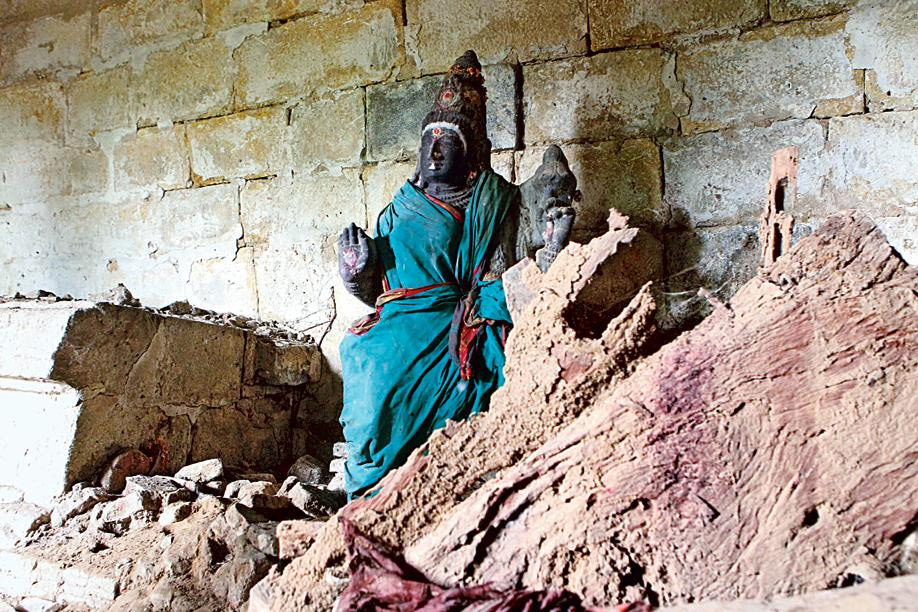
The Canberra-based Indian High Commission had formally requested the return of a 900-year-old Dancing Shiva statue from the National Gallery of Australia and a stone sculpture of the god Ardhanarishvara from the Art Gallery of New South Wales.
Following the request of Indian government, the two galleries in March this year “voluntarily removed” the sculptures from public display.
Both artefacts were bought from Indian artefact dealer Subhash Kapoor, who is currently on trial in India for looting and wanted in the US for allegedly running a smuggling operation.
National Gallery had paid $5 million for the Shiva statue in February 2008 while Art Gallery of NSW bought six items from Kapoor, including the Ardhanarishvara sculpture for $300,000 in 2004.
According to Tarun Kumar, the first secretary at the Indian High Commission, the case was currently being probed by Tamil Nadu police and there was no time frame regarding the decision on when the idols will be returned.
However, he said, Australian authorities had taken steps on the Indian request.
In March, both the artefacts were moved in the care of Australian federal government under the Moveable Cultural Heritage Act, a law that allowed the galleries 30 days to challenge India’s claims.
As the deadline for contesting the claims expired on April 26, the idols were forfeited to the Australian government. The decision was now in the hands of the Commonwealth.
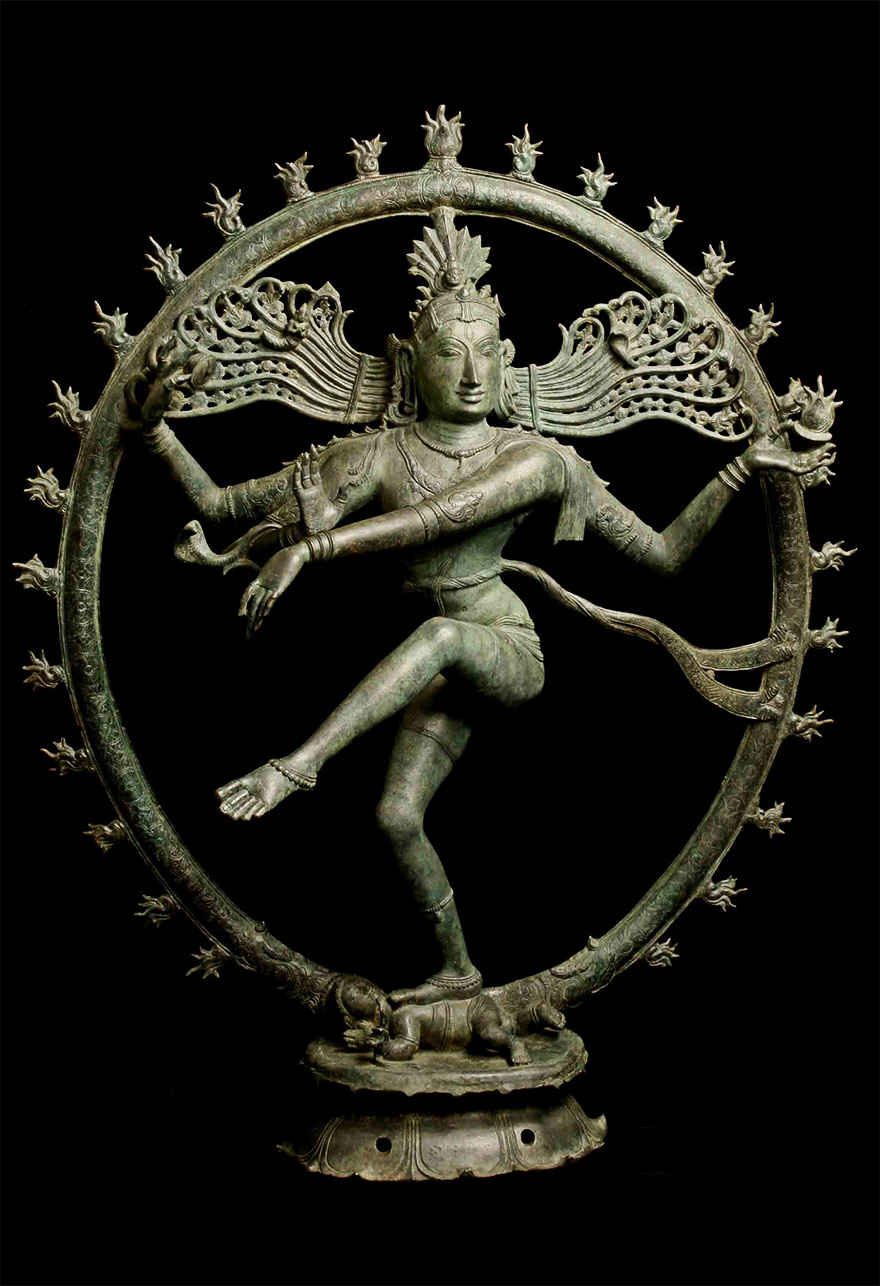


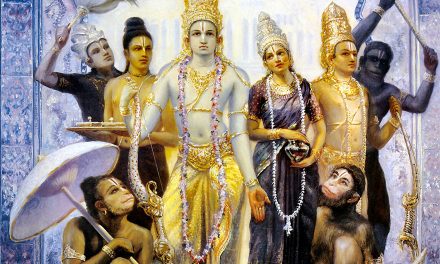









very interesting story. I am happy that the statue was found. The thieves should be brought to justice. Tamilnadu Govt. and the chief minister of Tamilnadu should be ashamed of the way they take care of ancient temples. I hear that donations to the temples do not even go for the maintenance of the temple. It is tragic how ancient temples are not preserved in India. People are building new temples instead of taking care of old temples. God only knows how many statues that Kapoor stole from India.
Temples like Tirupati earn hundreds of millions of dollars each year from devotees’ donations, but rather than use that money to restore and repair ancient temples, the government uses that money for the budget to run the state. The same is the case with temples in Kerala like Sabari Mala.
All our govts. are busy appeasing others and do not care about our rich spiritual and cultural heritage. Partly, we are responsible. We elect these people not on the basis of their credibility but on caste.
Millions and Millions, the famous temples like Tirupathi get from the devotees is used no doubt for the temple activities, but a large chunk gets usurped by the local govts. During Rajeshekar Reddy ( who was a Christian!?) used TTD funds for for supporting christian missions. You would be shocked to know that like the subsidy for Haj pilgrimage of Muslims, he was giving subsidy to those going to Jerusalem. Many feel that his death due to crash was a punishment from the Lord Venkateshwara.
Most of us Hindus, are not united, we segregate on the basis of verna, then the sub-groups and finally on the basis of our alliance to the specific mutt. This is what all others have exploited for ages and we have suffered.
Like Swamy Vivekananda called “Awake, Arise” Unless Hindus take care of our sanatana dharma. It will be all gone. What was preserved over four thousand years will be gone in few decades.
I have no doubt that this their stole the idol(s) in question, however, the pictures look significantly different to me. My concern is that the statues return to their correct homes. In the side by side photographs: Lord Shiva’s head is shaped somewhat differently, also his right foot (left side from our perspective) is almost touching the ring of fire on the polished icon (left photo) but the gap is much more pronounced on the tarnished statu While there are many similarities there are also many more differences (look closely atHis crown). Please understand I believe the Australian government should return the deity, as anything this man has sold is now suspect, it just seems to me that some other temple may now be missing their dirty. What a mess! Created by greed, and incredible contempt for one’s own gods and heritage. I believe that this is wrong to do regardless of the faith or culture involved- the people of the world should feel secure in their religious and cultural legacies and they should not be sold off to some wealthy hoarders. They will be cursed for trying to keep the deities for themselves!
what was our govt action, against these betrayers?..
Am Prakash from suthamalli.we are lose stolen.Any possibility to reset stolen…..